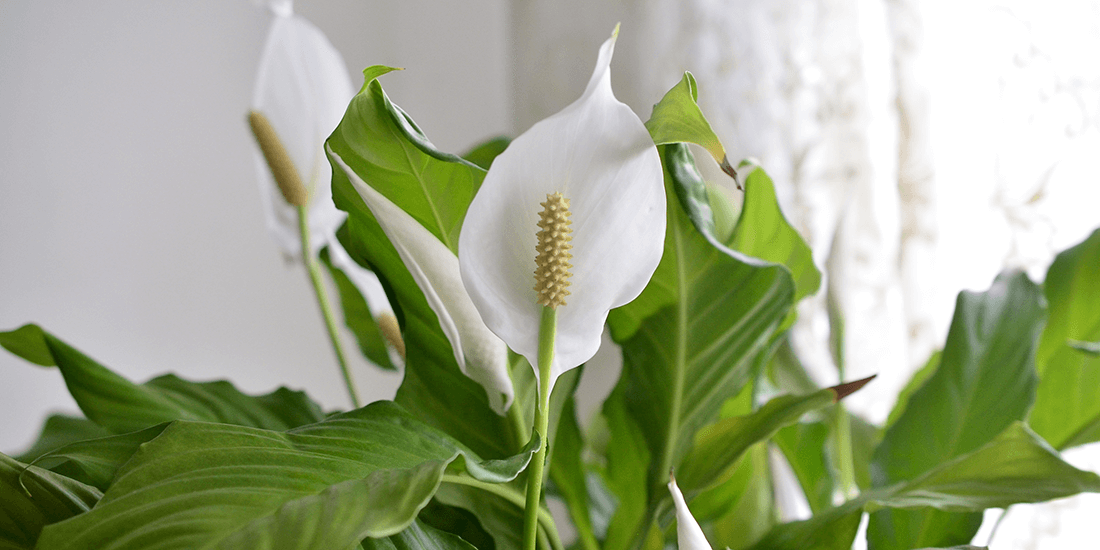
The Weekend Series: five visually striking indoor plants for beginners
If you aren’t enough of a responsible adult yet to care for a pet or child, there is always one option for sating your paternal instincts. A plant doesn’t talk back, nor does it cry at odd hours of the night. If you are keen to start caring for a leafy baby or two, we suggest branching (get it?) out and going with a plant that is a little bit different than your run-of-the-mill succulent. We’ve picked five plants to start with that are not only easy to care for but also fun to look at.
Spathiphyllum
We start our journey of discovery with something beautiful – an eye-catching indoor plant that is both gorgeous and hardy. Spathiphyllum – otherwise known as the Peace Lily – sprout stunning white flowers and broad, glossy leaves, and are a great addition to our interior decorating. Peace Lilies don’t require a lot of light, so they love darker spots in the house. If you are called away on a business trip or a weekend away, peace lilies can bounce back from being under-watered, but that’s no excuse for neglect. Simply water when you notice the soil drying out and your peace lily will remain at its leafy best.
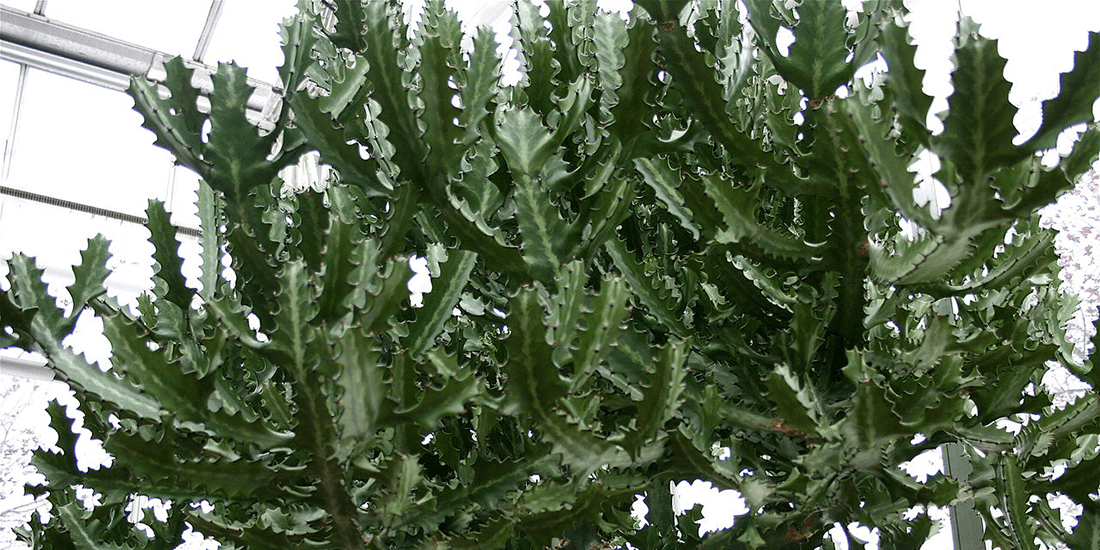 Euphorbia lactea
Euphorbia lactea
Now we move from beautiful to, well, a plant that is full of character. If you are looking for a specimen that’s a conversation starter in the looks department, you simply can’t go past euphorbia lactea. This hardy cactus grows easily in pots and reportedly thrives in humid climates (hello, Brisbane storm season). Featuring a many-branched form coated sparsely in tiny spines (or in a fanned crest if you pick the cristata variety), this choice will let guests know that you are edgy, but are also caring and conscious of the beauty within and not just without. Take note: this not a pet-friendly plant as it boasts a low toxicity level – so keep it away from your animals and don’t eat it either!
Image: Gardening Know How
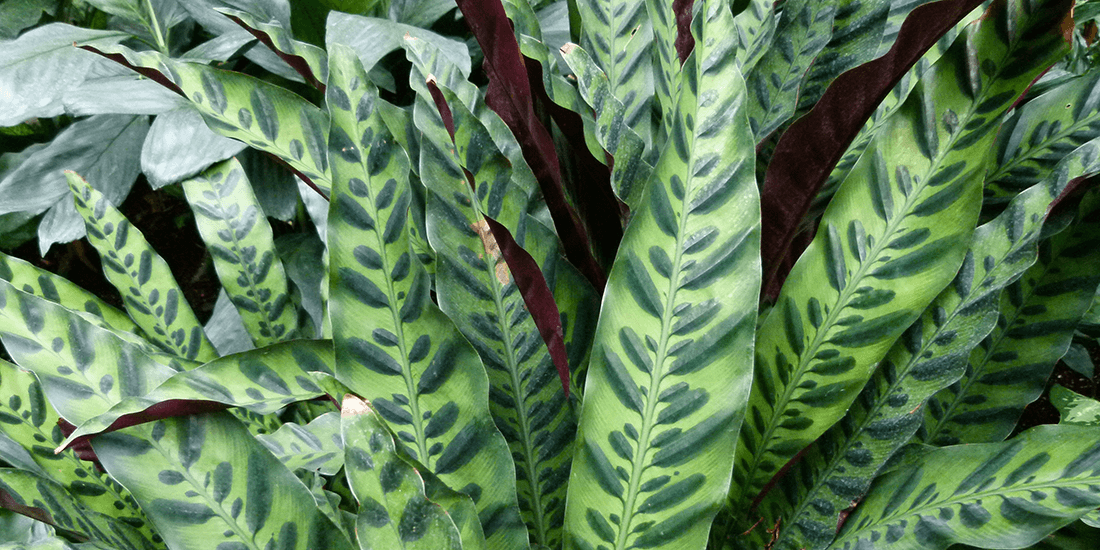 Calathea lancifolia
Calathea lancifolia
It’s natural to have a bit of trouble pronouncing this plant’s scientific name, which is why cooler heads chose to give it the gnarly nickname ‘rattlesnake plant’. This plant is native to Brazilian rainforests and subsequently thrives in warm and moist climates. The leaves boast wavy edges and are also marked with shades of green on the topside and red and purple underneath. Rattlesnake plants are no hard to care for as long as you remember to water it semi-regularly.
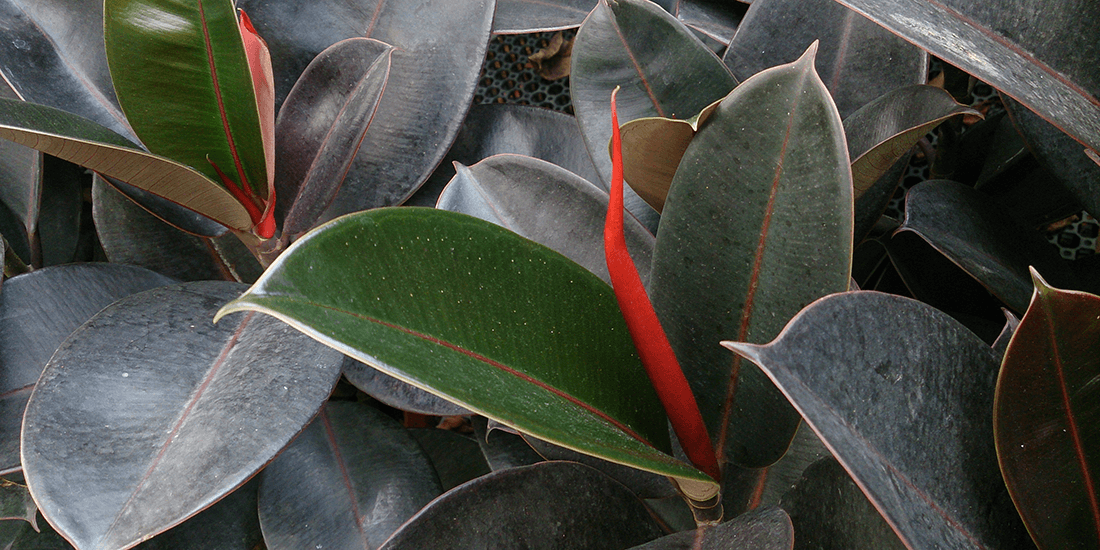 Ficus elastica
Ficus elastica
This plant – also known to many as ficus burgundy or the rubber plant – is eye catching thanks to its glossy leaves that are coloured in an alluring mixture of red to near black. If you pick this beauty to liven up your home, rest easy knowing that is can be potted and grown with reasonably low light levels inside, but also thrives when placed next to a window where it can catch some direct light.
Image credit: Cropped photo by Mokkie, available under a Creative Commons Attribution-Share Alike 3.0 Unported licence.
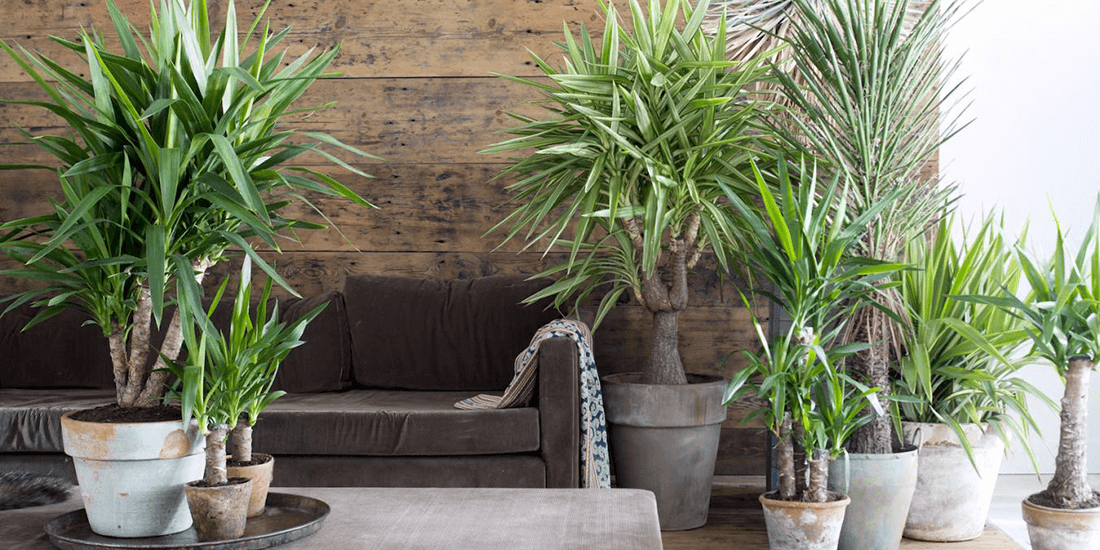 Yucca elephantipes
Yucca elephantipes
Don’t worry – you can just call this one yucca and everyone will know what you mean. This hardy shrub is a distant cousin of the iconic Joshua Tree, and is perfect for container growing. Yuccas are visually striking but they come in a variety of shapes and sizes. Some yucca plants boast a single stem topped with an array of spiky leaves, while others are spineless, branched or come in clusters. Regardless of the shape of your plant, the yucca will certainly garner compliments from houseguests. Native to the deserts of the United States and Central America, these plants grow best with plenty of natural sunlight – so place it in the sunniest spot in your house. It also requires frequent watering, but not so much as to induce root rotting.
Image: Greenduck
Of course, it’s always a good idea to talk to the experts. Stop in and chat to Lauren Lance at The Borrowed Nursery, or venture out to Berrigans Road Nursery, the Natural Green Nursery or the Ross Evans Garden Centre. If you’re a little further south, head to the Kingscliff Nursery.


